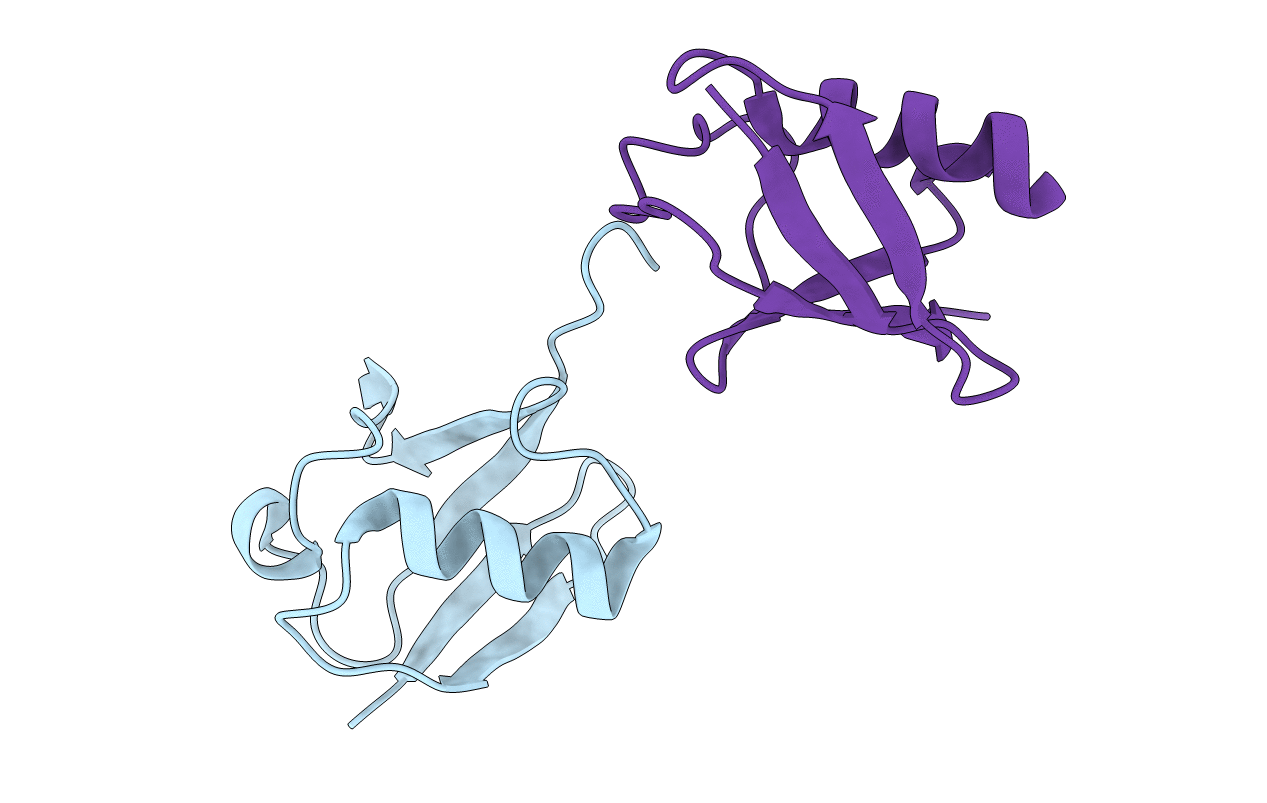
Deposition Date
2000-07-10
Release Date
2001-02-07
Last Version Date
2024-11-06
Method Details:
Experimental Method:
Resolution:
2.70 Å
R-Value Free:
0.29
R-Value Work:
0.22
R-Value Observed:
0.22
Space Group:
I 41 2 2


